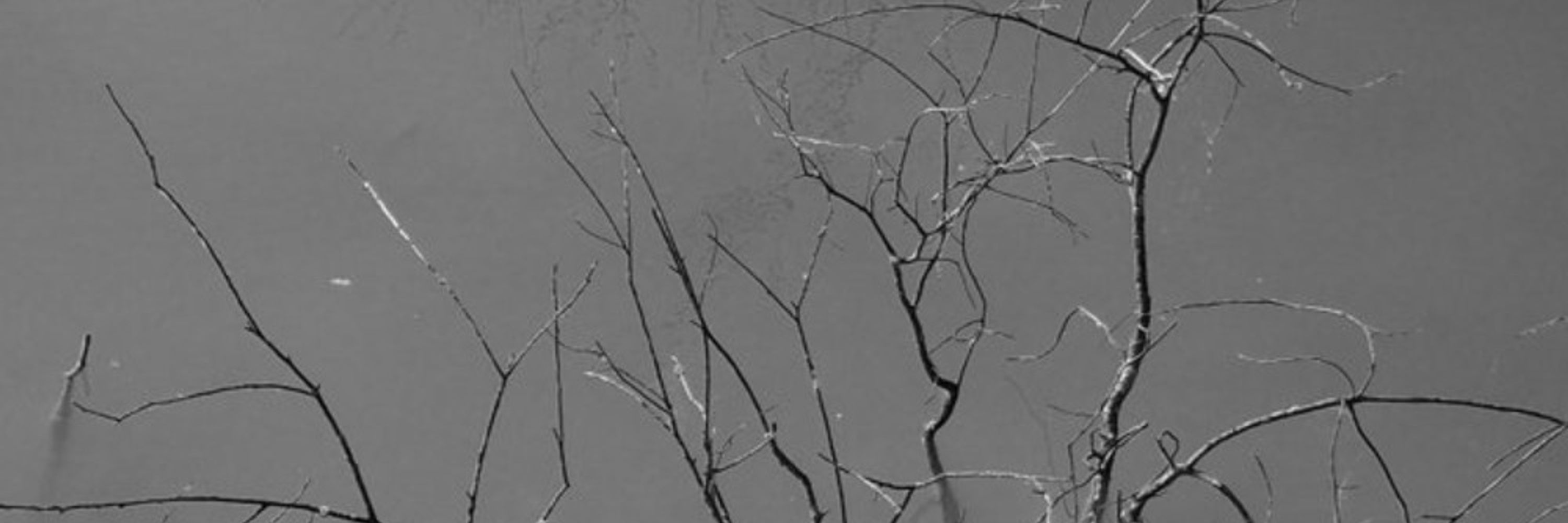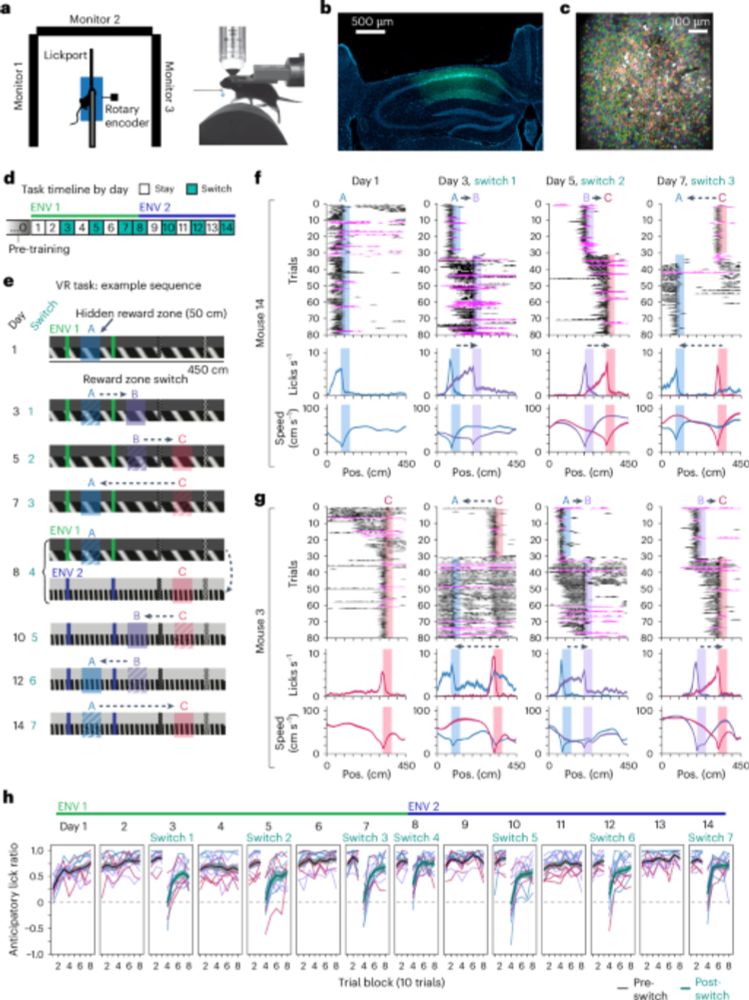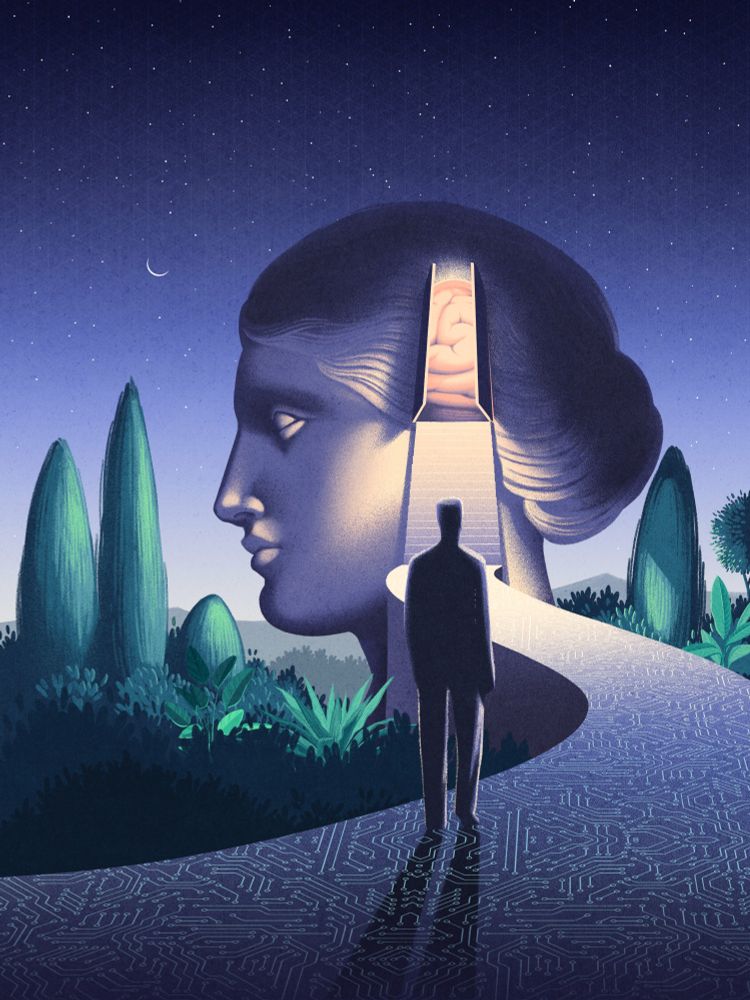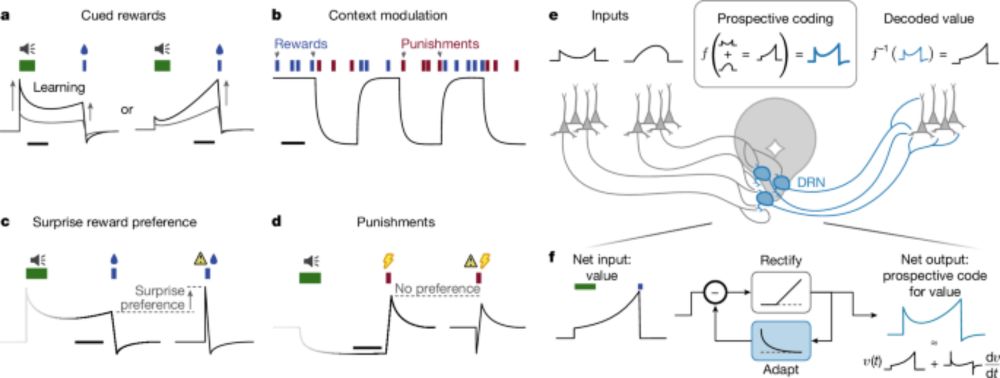
Enthusiastic rock climber and cat dad.
Our new preprint explores a provocative idea: Small, targeted deviations from this balance may serve a purpose: to encode local error signals for learning.
www.biorxiv.org/content/10.1...
led by @jrbch.bsky.social

Looking forward to your thoughts & comments.
The annual SNUFA workshop is now open for abstract submission (deadline Sept 26) and (free) registration. This year's speakers include Elisabetta Chicca, Jason Eshraghian, Tomoki Fukai, Chengcheng Huang, and... you?
snufa.net/2025/
🤖🧠🧪
The annual SNUFA workshop is now open for abstract submission (deadline Sept 26) and (free) registration. This year's speakers include Elisabetta Chicca, Jason Eshraghian, Tomoki Fukai, Chengcheng Huang, and... you?
snufa.net/2025/
🤖🧠🧪

www.nature.com/articles/s41...

www.nature.com/articles/s41...

Happy to finally share this work from me and @harsh-kanodia.bsky.social with Silvia Arber!
@biozentrum.unibas.ch @fmiscience.bsky.social
www.nature.com/articles/s41...

Happy to finally share this work from me and @harsh-kanodia.bsky.social with Silvia Arber!
@biozentrum.unibas.ch @fmiscience.bsky.social
www.nature.com/articles/s41...

Looking forward to your thoughts & comments.
Our new preprint explores a provocative idea: Small, targeted deviations from this balance may serve a purpose: to encode local error signals for learning.
www.biorxiv.org/content/10.1...
led by @jrbch.bsky.social

Looking forward to your thoughts & comments.
Oja’s plasticity rule overcomes challenges of training neural networks under biological constraints.
arxiv.org/abs/2408.08408

Oja’s plasticity rule overcomes challenges of training neural networks under biological constraints.
arxiv.org/abs/2408.08408
Our new paper explores this: elifesciences.org/reviewed-pre...
Our new paper explores this: elifesciences.org/reviewed-pre...
50+ neuroscientists distributed across the world worked together to create this unique community project.

50+ neuroscientists distributed across the world worked together to create this unique community project.
By Nuri Jeong, Xiao Zheng, Abby Paulson, Steph Prince and colleagues.

By Nuri Jeong, Xiao Zheng, Abby Paulson, Steph Prince and colleagues.
What drives serotonin neurons? We think it's the expectation of future reward and --- critically --- how fast this expectation is increasing. 📈
doi.org/10.1038/s415...
1/6

What drives serotonin neurons? We think it's the expectation of future reward and --- critically --- how fast this expectation is increasing. 📈
doi.org/10.1038/s415...
1/6

